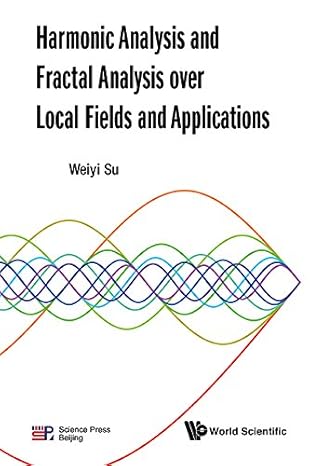Regression Models for Categorical Dependent Variables Using Stata, Third Edition shows how to use Stata to fit and interpret regression models for categorical data. The third edition is a complete rewrite of the book. Factor variables and the margins command changed how the effects of variables can be estimated and interpreted. In addition, the authors' views on interpretation have evolved. The changes to Stata and to the authors' views inspired the authors to completely rewrite their popular SPost commands to take advantage of the power of the margins command and the flexibility of factor-variable notation. The new edition will interest readers of a previous edition as well as new readers. Even though about 150 pages of appendixes were removed, the third edition is about 60 pages longer than the second.
Although regression models for categorical dependent variables are common, few texts explain how to interpret such models; this text fills the void. With the book, Long and Freese provide a suite of commands for model interpretation, hypothesis testing, and model diagnostics. The new commands that accompany the third edition make it easy to include powers or interactions of covariates in regression models and work seamlessly with models estimated with complex survey data.
The authors' new commands greatly simplify the use of margins, in the same way that the marginsplot command harnesses the power of margins for plotting predictions. The authors discuss how to use margins and their new mchange, mtable, and mgen commands to compute tables and to plot predictions. They also discuss how to use these commands to estimate marginal effects, averaged either over the sample or at fixed values of the regressors. The authors introduce and advocate a variety of new methods that use predictions to interpret the effect of variables in regression models.
The third edition begins with an excellent introduction to Stata and follows with general treatments of the estimation, testing, fit, and interpretation of this class of models. New to the third edition is an entire chapter about how to interpret regression models using predictions―a chapter that is expanded upon in later chapters that focus on models for binary, ordinal, nominal, and count outcomes.
Long and Freese use many concrete examples in their third edition. All the examples, datasets, and author-written commands are available on the authors' website, so readers can easily replicate the examples with Stata. This book is ideal for students or applied researchers who want to learn how to fit and interpret models for categorical data.
چکیده فارسی
مدلهای رگرسیون برای متغیرهای وابسته طبقهای با استفاده از Stata، نسخه سوم نحوه استفاده از Stata را برای برازش و تفسیر مدلهای رگرسیون برای دادههای طبقهبندی نشان میدهد. چاپ سوم بازنویسی کامل کتاب است. متغیرهای عامل و دستور حاشیه نحوه تخمین و تفسیر اثرات متغیرها را تغییر داد. علاوه بر این، دیدگاه نویسندگان در مورد تفسیر نیز تکامل یافته است. تغییرات در Stata و دیدگاه های نویسندگان، نویسندگان را برانگیخت تا دستورات محبوب SPost خود را به طور کامل بازنویسی کنند تا از قدرت فرمان حاشیه و انعطاف پذیری نمادگذاری متغیر فاکتور استفاده کنند. نسخه جدید خوانندگان نسخه قبلی و همچنین خوانندگان جدید را علاقه مند می کند. با وجود اینکه حدود 150 صفحه از ضمیمه ها حذف شده اند، ویرایش سوم حدود 60 صفحه طولانی تر از نسخه دوم است.
اگرچه مدلهای رگرسیون برای متغیرهای وابسته طبقهبندی رایج هستند، متنهای کمی نحوه تفسیر چنین مدلهایی را توضیح میدهند. این متن جای خالی را پر می کند. با این کتاب، Long and Freese مجموعه ای از دستورات را برای تفسیر مدل، آزمایش فرضیه و تشخیص مدل ارائه می دهد. دستورات جدید همراه با نسخه سوم، گنجاندن قدرت ها یا تعاملات متغیرهای کمکی را در مدل های رگرسیون آسان می کند و با مدل های تخمین زده شده با داده های نظرسنجی پیچیده به طور یکپارچه کار می کند.
دستورات جدید نویسندگان استفاده از حاشیه را تا حد زیادی ساده می کند، به همان روشی که فرمان marginsplot از قدرت حاشیه استفاده می کند. ترسیم پیش بینی ها نویسندگان درباره نحوه استفاده از حاشیهو دستورات mchange، mtable و mgen جدید آنها برای محاسبه جداول و پیش بینی های طرح آنها همچنین در مورد چگونگی استفاده از این دستورات برای تخمین اثرات حاشیه ای، به طور میانگین در نمونه یا در مقادیر ثابت رگرسیون بحث می کنند. نویسندگان انواع روشهای جدید را معرفی کرده و از آنها حمایت میکنند که از پیشبینیها برای تفسیر اثر متغیرها در مدلهای رگرسیون استفاده میکنند.
ویرایش سوم با مقدمه ای عالی برای Stata آغاز می شود و با بررسی کلی تخمین، آزمایش، تناسب، و تفسیر این دسته از مدل ها دنبال می شود. جدید در نسخه سوم یک فصل کامل در مورد چگونگی تفسیر مدل های رگرسیون با استفاده از پیش بینی ها است - فصلی که در فصل های بعدی که بر روی مدل هایی برای نتایج باینری، ترتیبی، اسمی و شمارش تمرکز می کند، گسترش یافته است.
Long و Freese از نمونههای ملموس بسیاری در ویرایش سوم خود استفاده میکنند. تمام نمونه ها، مجموعه داده ها و دستورات نوشته شده توسط نویسنده در وب سایت نویسندگان موجود است، بنابراین خوانندگان می توانند به راحتی نمونه ها را با Stata تکرار کنند. این کتاب برای دانشآموزان یا محققین کاربردی که میخواهند یاد بگیرند که چگونه مدلها را برای دادههای طبقهبندی شده برازش و تفسیر کنند، ایدهآل است.
ادامه ...
بستن ...
Ebook details:
عنوان: Regression Models for Categorical Dependent Variables Using Stata, Third Edition
نویسنده: Long, J. Scott, Freese, Jeremy
ناشر: Stata Press; 3 edition (September 10, 2014)
زبان: English
شابک: 1597181110, 978-1597181112
حجم: 6 Mb
فرمت: Original PDF
ادامه ...
بستن ...
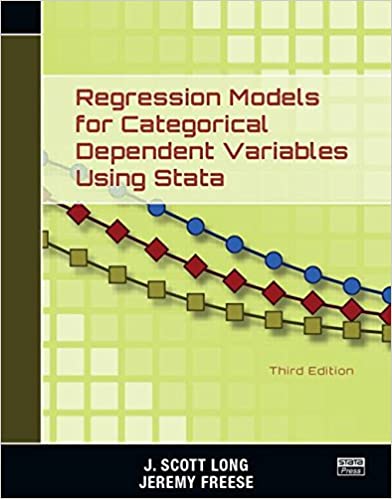

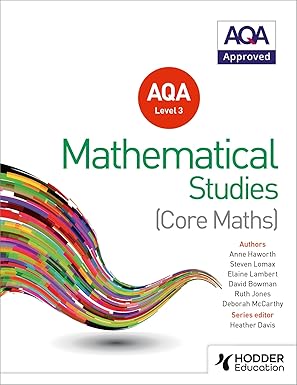
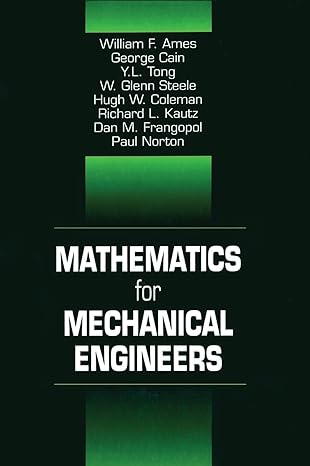
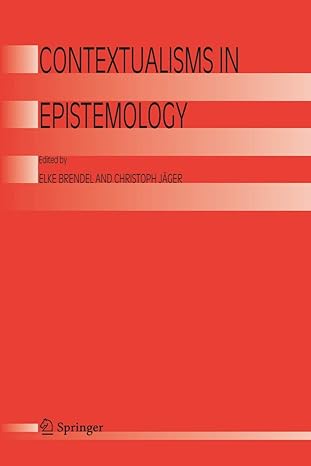
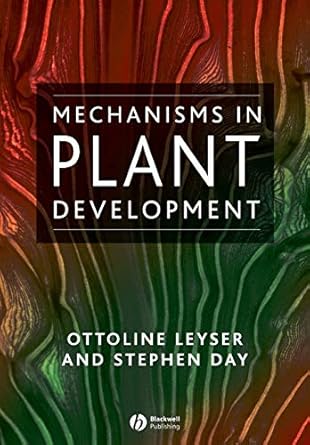

![[Soultion Manual] Statistics for Management and Economics (11th Edition) - Word [Soultion Manual] Statistics for Management and Economics (11th Edition) - Word](https://dl.libsan.ir/images/1/12/61JGRNKwfUL._SY466__66fd1fc169714.jpg)

